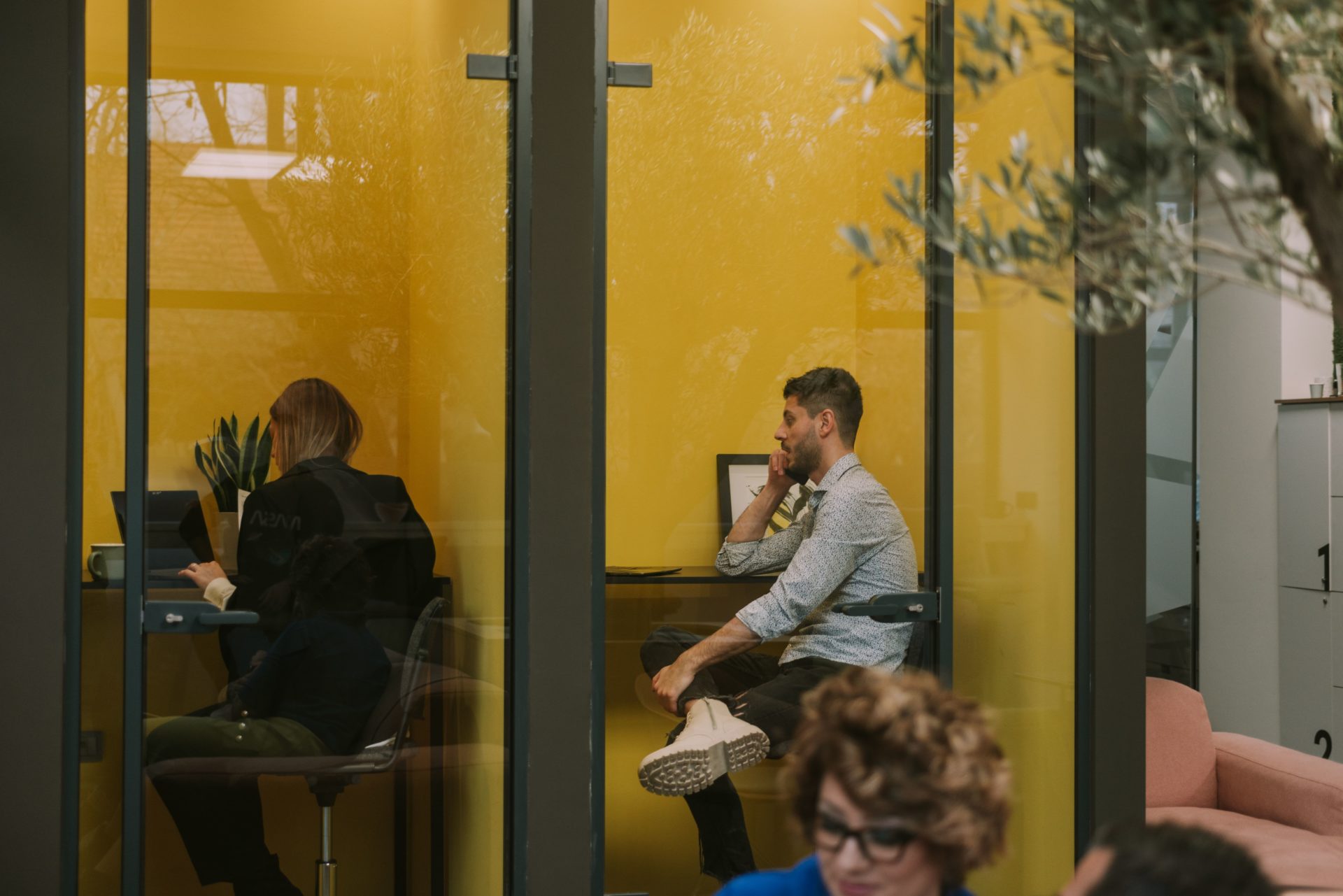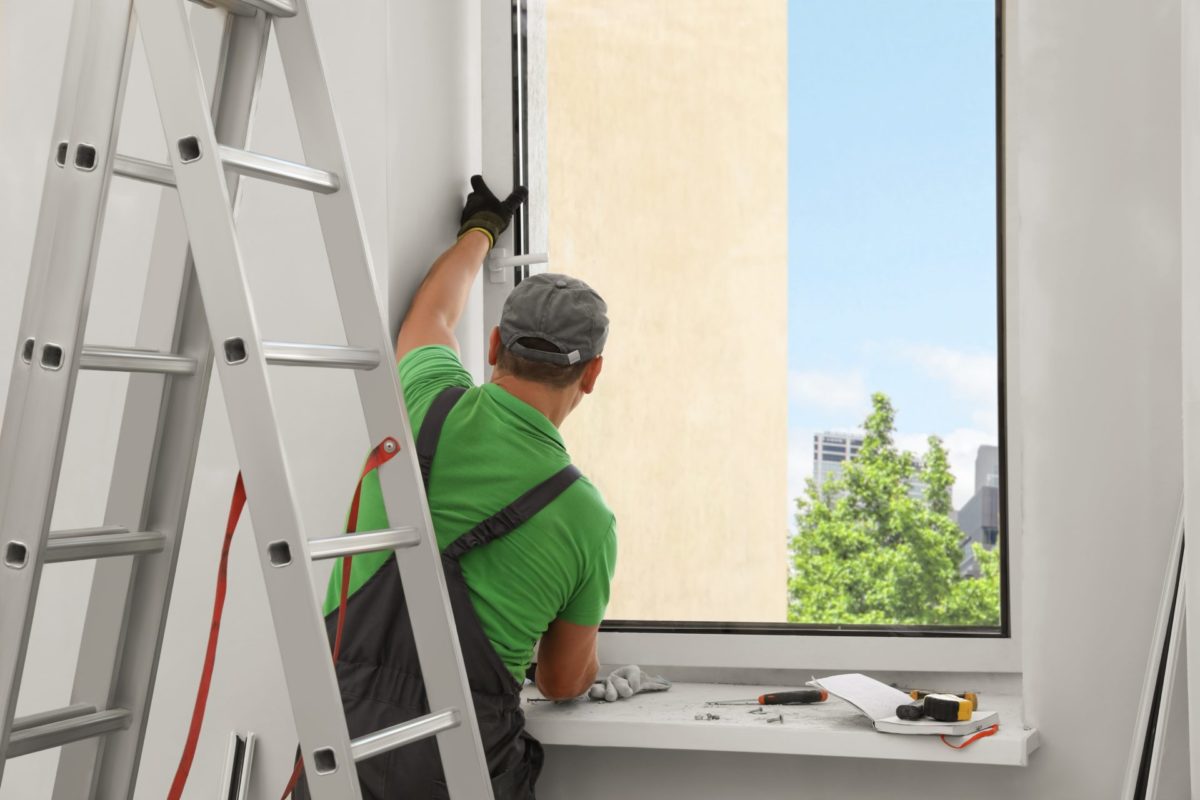This can be challenging for employers and employees alike, which is why soundproofing is essential to creating a productive and distraction-free environment.
It’s common knowledge the importance of a quiet and productive office environment. It’s crucial for employers and employees to focus and be productive throughout the day so they can complete any work that needs doing, and meet the demands of their clients/customers. This is why incorporating soundproofing in an office has risen in popularity as it provides workers to be more productive throughout the working day and minimises the number of distractions too.
Common noises such as conversations and calls are the biggest culprit when it comes to distractions. Identifying the noise issues in your office early is vital to understanding how you can remove them.
Identifying noise issues in your office
Assessing the current noise levels in your office space is a good place to start. Once you identify the issue you’ll be able to put soundproofing measures in place to reduce/remove the noise. You can do this by conducting a thorough assessment of the noise levels in your office.
Spend time observing the work environment during different times of the day and jot down which is the noisiest area. This can be something simple as where the most conversations happen or where outside traffic can be heard from.. In addition, ask for employee feedback. You’ll be surprised to hear your employees will most likely agree with your current sound issues and they will bring forward their own concerns. Employees see it firsthand so they’re a valuable resource to gain information on any noise concerns they encounter whilst working.
Furthermore, we suggest you consider evaluating the layout of the workspace. The arrangement of workstations can impact noise levels considerably. You’ll find the most noise will come from areas which are near the kitchen, toilet or ‘relaxed’ spaces such as seating areas or meeting booths. Granted, there is only so much you can do to remove the loud noise completely, but you can definitely minimise it by rearranging the workplace. You could potentially include transparent barriers; it will help reduce the noise and also keep the office visual to employees – they won’t feel closed in by the addition.
These are all crucial steps you need to take when soundproofing your office. By understanding the noisiest areas in the workplace you can effectively resolve the noise problem.

Soundproofing solutions for office spaces
Now you’ve identified the main source of your noise issues, it’s time to install a solution. There are numerous solutions to choose from to help reduce/remove loud noises, and we’ve picked out our favourite and most trustworthy.
Our first recommendation is to install acoustic wall panels and ceiling treatments. Installing these will provide a number of benefits, with the focal point being they can successfully absorb sound and reduce reverberation in the office. The material used in the panels has sound-absorbing properties, and they’re available in all shapes, sizes, and colours to help fit in with your office environment. Rest assured, once you install the panels the amount of noise will drop significantly.
The next solution we suggest you try is installing acoustic partitions and screens. Typically, acoustic partitions are made of soundproof materials which eliminate your issue straight away. They also help create private workspaces and improve speech privacy too, so you won’t need to worry about any private conversations being listened to. If this solution sounds great to you, you’re in luck because we’re happy to boast we offer single and double-glazed partitioning. Acoustic partitioning is compatible with our single and double glazing, so you don’t need to worry about buying more of it.
Our final recommendation is to consider white noise machines and sound masking systems. White noise machines produce a steady background noise which helps mask and reduce the impact of other sounds in the office. Sound-making systems offer a similar solution but generate low-level, ambient background noise throughout the office space, creating a more uniform and soothing environment.

Implementing soundproofing measures
Once you’ve completed all of the above, you’re now ready to start implementing soundproofing measures. What do we mean by this? Take practical steps to install soundproof systems. There are some considerations we suggest you make. Firstly, assess your budget and prioritise. Your budget will determine how much you can spend on soundproofing, so be sure not to go over limits. To make it easier we believe you should prioritise and soundproof the areas most prone to make lots of noise.
Second, make sure you research what soundproof materials you will benefit most from. It’s a waste of time to purchase random materials without any thought going into it. By researching the products out there, you’ll have a good understanding of what materials you require. More on from this, consult an expert and see what they think – you can’t go wrong there!
Next, ensure you follow the manufacturer’s guidelines and conduct a follow-up assessment of the installation. When implementing the soundproof product it’s vital you follow the guidelines and instructions so the materials are installed correctly. If you don’t do this, then there is a great chance the product will not be performing at the level it’s required. This leads perfectly to our final measure; which is to conduct a follow-up assessment.
It’s crucial to assess the impact the soundproof products have made. Simply, observe the noise levels in the office and gather feedback from employees to determine if the implemented measures have adequately reduced noise and improved the overall work environment.
We hope you’ve enjoyed reading our guide to office soundproofing. If you have any questions about the topics we’ve explored, get in touch with our team today to learn more. Alternatively, if you’re interested in upgrading your office with glazed partitioning systems or office window blinds – reach out to our team today.
Enjoy this article? You might be interested in some of our others:




